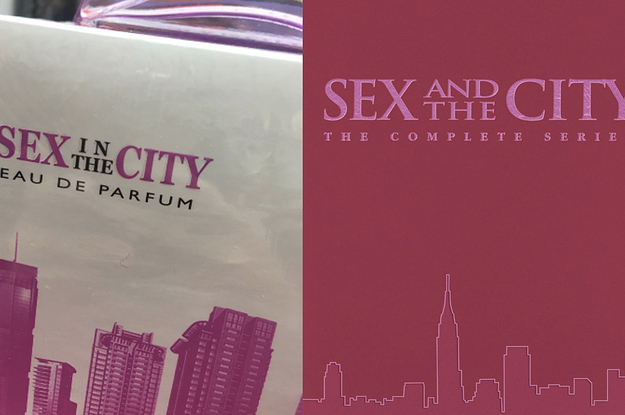

This includes false memories, where your recall of an event isn’t an accurate depiction.

Other aspects of memory may lead to the Mandela effect.

Some researchers believe that people - even a large group of people - use confabulation to “remember” what they feel is the most likely sequence of events. Many examples of the Mandela effect are close to the original or true memory. Instead, they’re attempting to fill in gaps in their own memory. Some doctors believe the Mandela effect is a form of confabulation.Ī common analogy for confabulation is “honest lying.” A person creates a false memory without intending to lie or deceive others. However, doctors have a much different explanation of memory, and how some memories, although vivid, can be false. As a result, the Mandela effect concept was “born.” Collective false memoriesĪnother way to describe the Mandela effect is “collective false memories.” A large group of people collectively always say a particular saying or memory a certain way when, in reality, the truth is different from the memory.Ĭonspiracy theorists believe the Mandela effect is an example of alternate universes present in society. However, Broome found that other people thought the exact same as her.Įven though the event never happened, she wasn’t the only one who felt like it did. If Broome’s thoughts occurred in isolation, that would be one factor. The Mandela effect got its name when Fiona Broome, a self-identified “paranormal consultant,” detailed how she remembered former South African President Nelson Mandela dying in the 1980s in prison (although Mandela lived until 2013).īroome could describe remembering news coverage of his death and even a speech from his widow about his death.


 0 kommentar(er)
0 kommentar(er)
